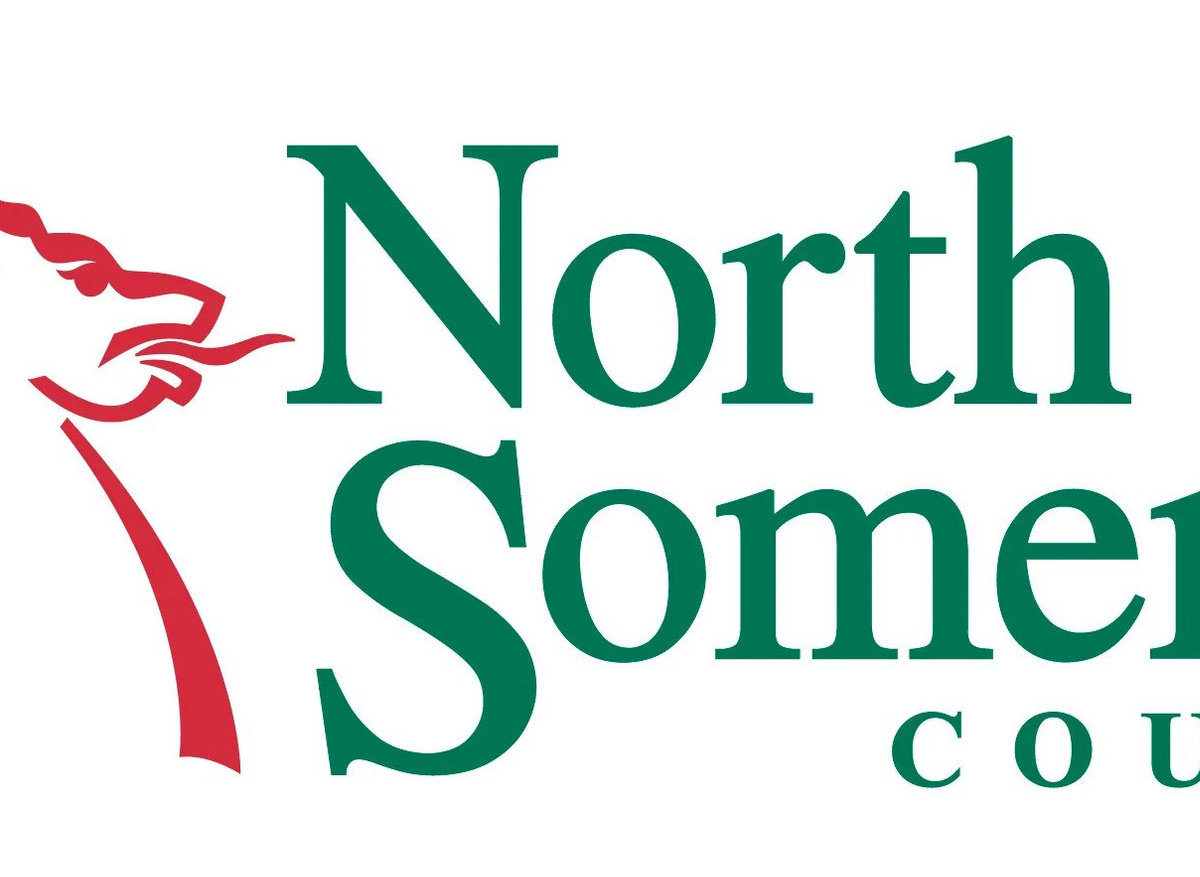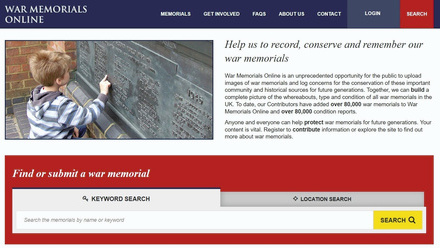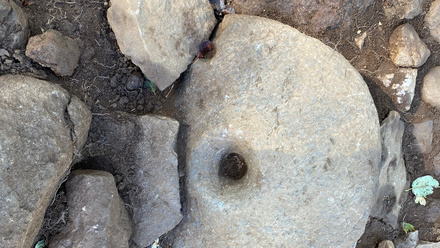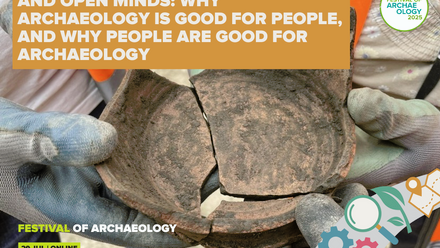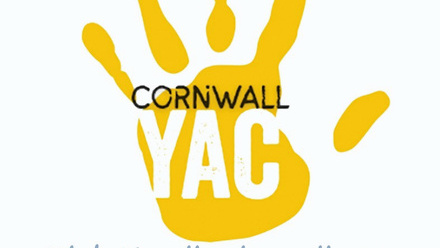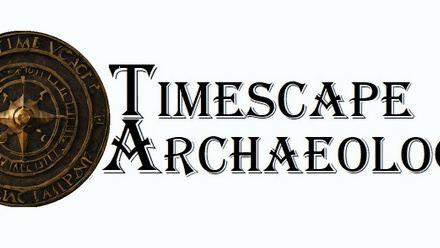To say that my job is varied is an understatement, but I’ll attempt to tell you a little about my role as a Local Authority Archaeologist.
I am the Senior (and only) Archaeologist for North Somerset Council. The main focus of my role is to provide advice on archaeological matters in relation to planning applications and infrastructure projects across North Somerset. I sit within the Council’s planning department but work with a variety of departments on different projects, and with a range of external organisations.
Today is a little different to my usual Monday as it’s the Festival of Archaeology, and I’ve been working with staff and volunteers at Weston Museum to create digital content. This includes archaeology-related posts for our Know Your Place Facebook group and Twitter page, creating educational activities on Iron Age hillforts, making my own creation for the Rubbish Art competition and filming a video on a local hillfort.
A standard Monday morning begins with moderating new contributions to the Community Layer for Know Your Place North Somerset. I’ll also post some snippets of North Somerset’s heritage onto our Know Your Place Facebook and Twitter accounts.
I’ll then take a look at my emails. These arrive from commercial archaeologists, agents and developers in relation to specific planning applications, members of the public who are wishing to find out more about the history of this area, colleagues at Historic England, university students undertaking research projects, and from staff across the council with whom I’m working on a variety of projects.
An email will then arrive in my inbox with the list of new planning applications, which is on average around 60 per week. I screen these for archaeological potential utilising the Historic Environment Record, archive material and historic mapping. My role is to assess these applications in terms of impact of development and significance of remains, but also to look for opportunities to preserve and enhance the historic environment. I work to national legislation and standards, as well as development management policies set out at a local level.
I provide written comments to my planning colleagues detailing my recommendations or requests for further information. I may ask for desk-based assessment, geophysical survey or trial trenching, and in all these cases, ensuring the work is professionally delivered is important, so that I have the data I need to make informed decisions. This evaluation stage may then lead onto further work, such as full excavation, monitoring of groundworks, and sometimes preservation of remains. This can be a great asset to a new development such as a school, as there’s an opportunity to tie into pupils’ learning.
Excavations at North End, Yatton in 2018/19 ahead of a new residential development © Wessex Archaeology
This afternoon I am heading out to monitor the progress of an excavation ahead of a new housing development, as it is important that the work being undertaken meets industry standards and is being carried out in accordance with an approved Written Scheme of Investigation.
The review and approval of reports produced as part of these investigations is also part of my role, and I then help to add the information to the Historic Environment Record. This is a dynamic resource which contains over 40,000 records on archaeological sites, historic buildings and historic landscapes.
There are development schemes which not only have archaeological potential but also impact on built heritage. I am currently working closely with Council’s Conservation & Heritage Officer on several projects to ensure heritage-led regeneration and the enhancement of heritage assets within new developments.
A fundamental part of my role is engaging with local communities and helping to understand what parts of the historic environment they hold dear and are important in the landscape around them. Inviting them to excavations (when it’s safe to do so) is a great way to engage with members of the community and show off some amazing archaeology!
Members of the Yatton, Congresbury, Claverham & Cleeve Archaeological Research Team (YCCCART) who were invited to the excavation of a Romano-British pottery kiln in 2017 © Wessex Archaeology https://www.wessexarch.co.uk/news/congresbury-kiln
I also regularly visit local societies and schools to give talks and lectures on the archaeology and heritage of North Somerset and liaise closely with the council’s communications team to share interesting articles and events. We also set up a North Somerset Heritage Forum that meets twice a year for all local groups and societies with an interest in heritage to share knowledge and expertise and collaborate on a variety of projects.
It’s also really important that I am able to share information about new archaeological discoveries in the area. Heritage is a fundamental part of a place and working closely with developers throughout the planning process and other stakeholders is key in helping create better places for people to enjoy, work and live.
You can find out more about the historic environment of North Somerset by accessing our online Historic Environment Record map (http://map.n-somerset.gov.uk/her.html) or Know Your Place North Somerset (https://maps.bristol.gov.uk/kyp/?edition=nsom).

